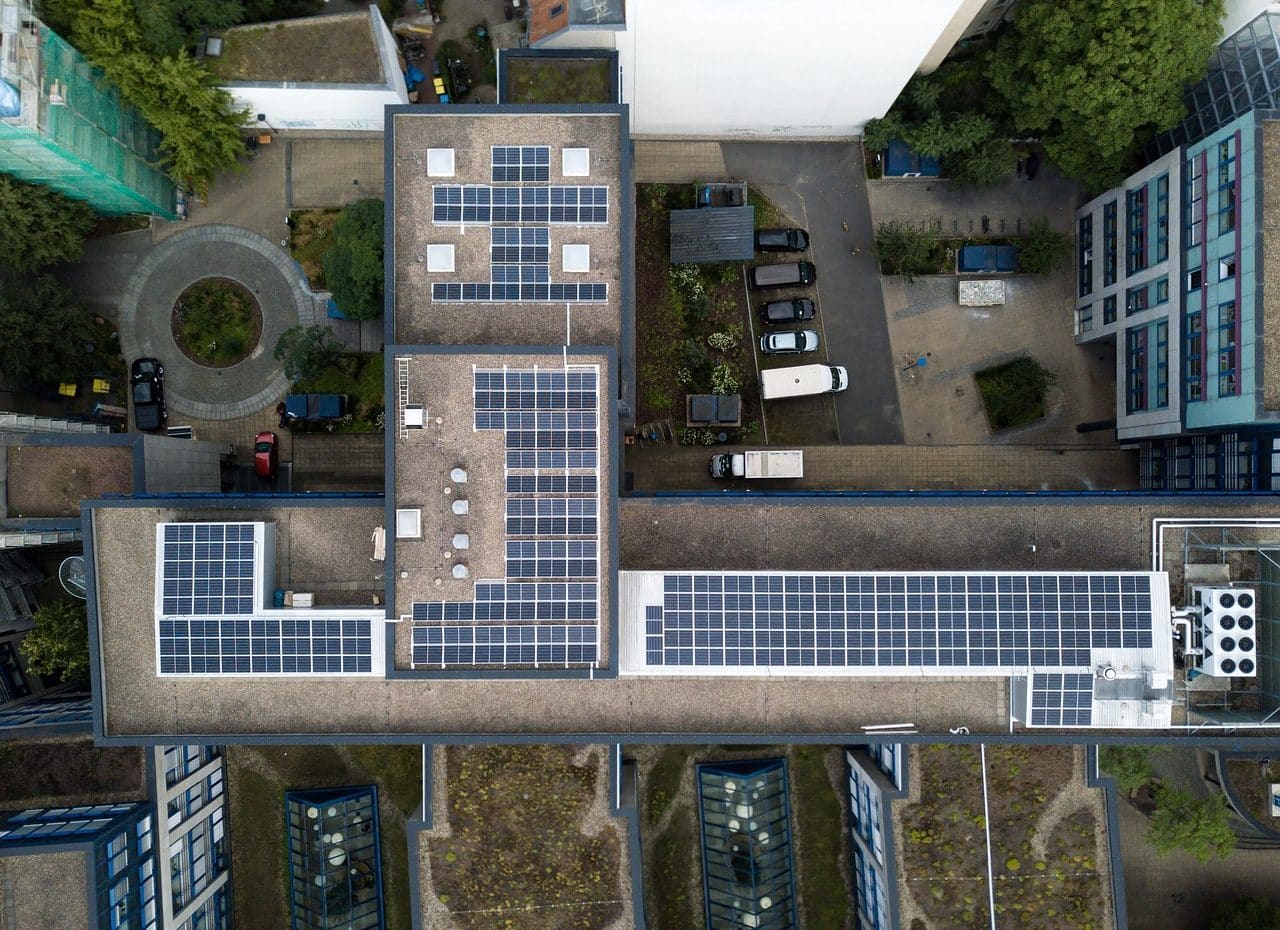
Distributed generation contributes to better management of electricity demand.
Distributed generation is a model of electric energy production based on the use of multiple small sources that are located near the places of consumption . This small-scale generation is complemented by electricity originating from traditional power plants.
The concept usually refers to the integration of microgrids of renewable energy (from solar panels, wind turbines or wind turbines, etc.) to the usual distribution network that is fed by centralized facilities. This cogeneration provides several benefits, such as its contribution to caring for the environment and a better response to energy demand peaks, among others.
It can be said that distributed generation sources cooperate with conventional plants. In some cases, however, they are presented as an alternative. What must be considered is that distributed generation systems reach an installed power of up to 10 MW .
History of distributed generation
The history of distributed generation is associated with a new approach to electricity production . For a long time, much of the electricity consumed in industrialized nations has come from hydroelectric, nuclear or fossil fuel plants . These facilities operate with a high environmental impact and low energy performance, but usually provide considerable economic returns.
Generally, these plants are installed far from cities for environmental, logistical and security reasons, which requires the development of very extensive networks that reach the point of consumption.
Faced with this reality, the notion of distributed generation emerged with the aim of overcoming some of these shortcomings. On the one hand, by relying on renewable energy sources, pollution is reduced .
On the other hand, since these generation sources are located near the consumption site, fewer power lines are needed, which at the same time are shorter. This reduces both installation and maintenance costs, in addition to avoiding energy losses that occur during transportation.

With distributed generation, energy efficiency increases since transportation losses are reduced.
Some examples
Due to these benefits, it is common to apply measures to promote distributed generation. In Argentina , for example, there is a promotion regime that stimulates self-consumption and encourages the surplus generated to be injected into the network.
If we focus specifically on the province of Buenos Aires , in April 2023 the Distributed Generation Law was implemented. This regulation enables neighbors to become user-generators by installing solar panels in their homes, being able to self-generate the electrical energy they consume and send the surplus to the electricity grid, obtaining a payment for said supply.
In the Autonomous City of Buenos Aires ( CABA ), meanwhile, it is necessary to process the Generator User Certificate . Once this step is completed, transactions can be carried out under the system known as net billing to develop a net balance between the energy received from the conventional system and that which is injected, the result of which is reflected in the electric service bill.

Distributed generation can be part of community energy initiatives.
Regulation of distributed generation
The regulation of distributed generation is very important to preserve security. Generally, grid connection regulations contemplate that the distribution company is responsible for analyzing the technical feasibility for approval.
Those who aspire to become prosumers (producer-consumers) must therefore respect energy regulations. Only after obtaining the authorizations established by the authorities are they in a position to sign energy purchase contracts with the distributors.
It must be considered that distributed generation benefits different actors. The prosumer, once it satisfies its energy consumption needs thanks to self-generation, can market the surplus. The distributor, for its part, can better meet demand with this operation, which allows the system in general to acquire higher quality. That distributed generation is based on renewable energies, finally, contributes to environmental conservation.
electric vehicles
Vehicle electrification can be useful for distributed generation. With flow batteries with bidirectional charging, a car can provide or receive electricity from the grid according to its needs.
The link that can be established between electric vehicles and a smart grid is known as vehicle to grid or V2G . To ensure a balance, the car is charged at times when the demand for electricity is lower, while it makes its contribution when the peak demand occurs.
An advantage that cars offer over other distributed generation sources is that they inject energy immediately. This means that we do not have to wait until they are in a position to generate what is demanded of them.
In short, with V2G , when the vehicle is not moving, it is left connected to the grid to inject electricity until the need to recharge occurs, at which time the flow is reversed.
